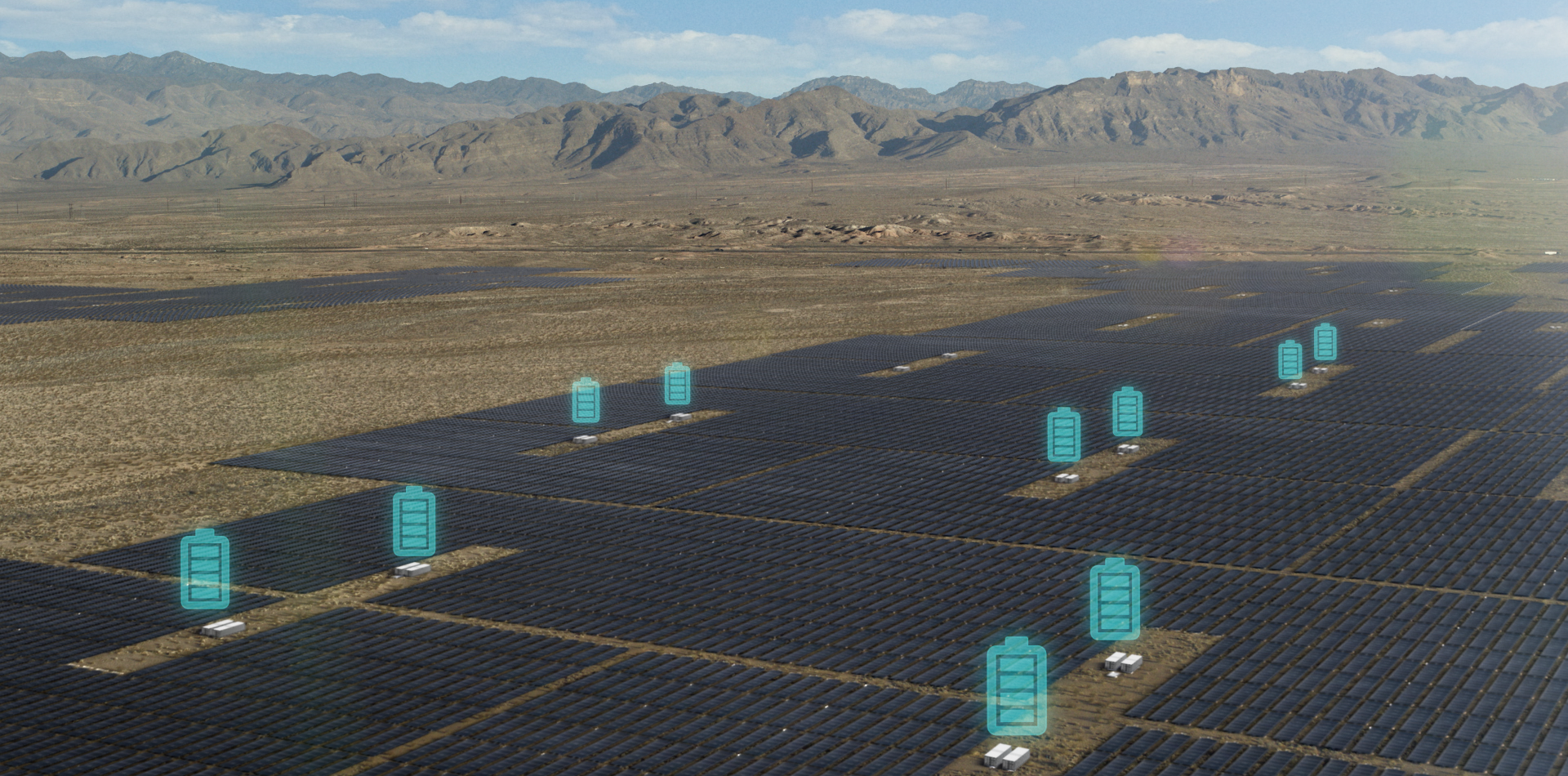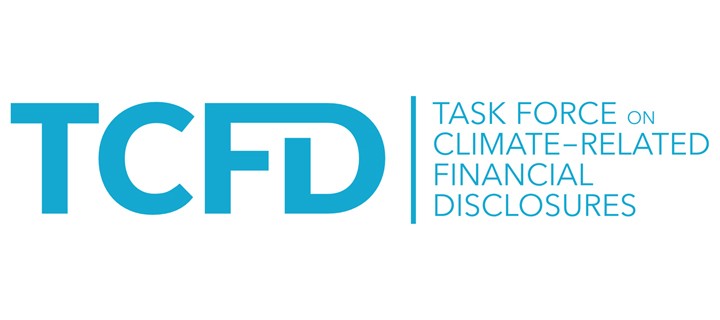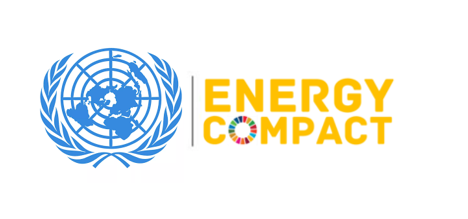
Our Strategy
Our strategy is three-pronged: pursuit of value-add returns from building development and construction stage projects into scaled thematic platforms featuring diversified operating revenues; growth opportunities via strategic industry partnerships and opportunistic acquisitions in emissions intensive industrial sectors; and the application of technological innovation to optimise asset performance.

Net Zero Investing
The challenge and opportunity of moving the world to Net Zero is urgent and accelerating. Action needs to move beyond investment in stand-alone renewables projects towards active decarbonisation of emissions intensive industry through provision of low cost ‘net zero’ solutions. Quinbrook seeks to play a leading role in delivering ‘net zero’ infrastructure solutions to drive rapid industrial decarbonisation.

Adding Value
We pursue a targeted, sectoral approach that seeks to couple renewables supply projects with high growth, energy intensive industries seeking to rapidly decarbonize. Moreover, our strategy seeks to directly address the growing investment risk posed by power price volatility and market uncertainty by securing long-term purchase commitments from credit worthy corporate, utility and industrial customers. We believe the end result of successful execution will be value creation for our investors.
Powering the next phase of the transition to net zero
Quinbrook invests across the technology landscape encompassing distributed scale solar PV, onshore wind, battery storage, biomass, fugitive methane recovery, demand response, grid support and flexibility, community energy networks, EV charging and ‘Virtual Power Plants’.
Learn more about what we do

 Investor login
Investor login






